Jonathan Moore
Ensemble Learning using Error Correcting Output Codes: New Classification Error Bounds
Sep 18, 2021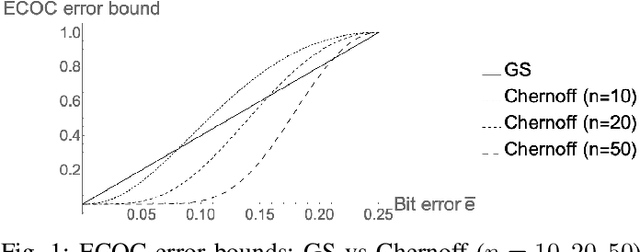
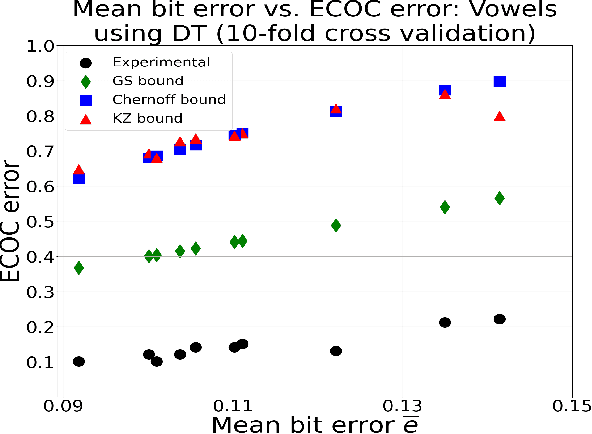
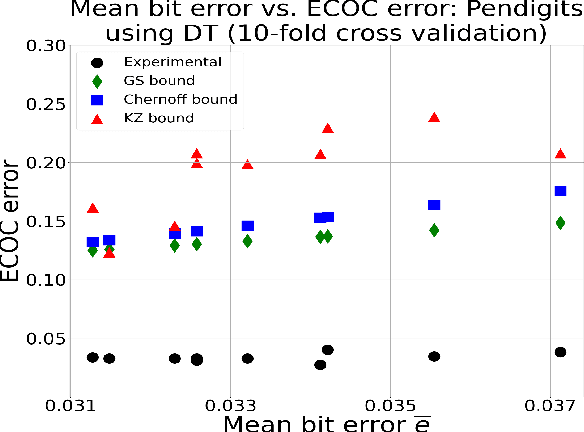
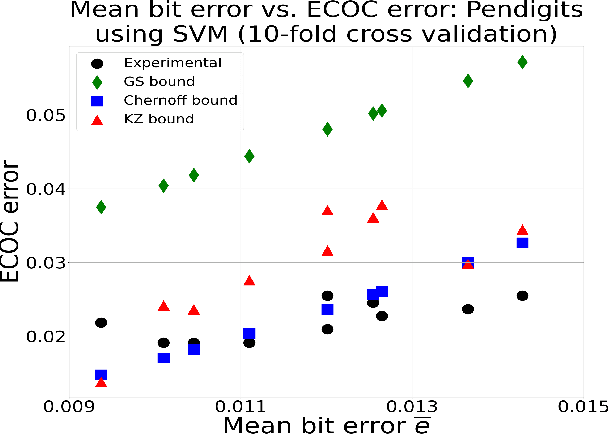
Abstract:New bounds on classification error rates for the error-correcting output code (ECOC) approach in machine learning are presented. These bounds have exponential decay complexity with respect to codeword length and theoretically validate the effectiveness of the ECOC approach. Bounds are derived for two different models: the first under the assumption that all base classifiers are independent and the second under the assumption that all base classifiers are mutually correlated up to first-order. Moreover, we perform ECOC classification on six datasets and compare their error rates with our bounds to experimentally validate our work and show the effect of correlation on classification accuracy.
Explaining Deep Learning Models with Constrained Adversarial Examples
Jun 25, 2019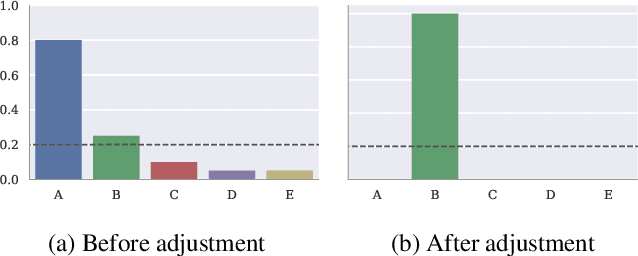
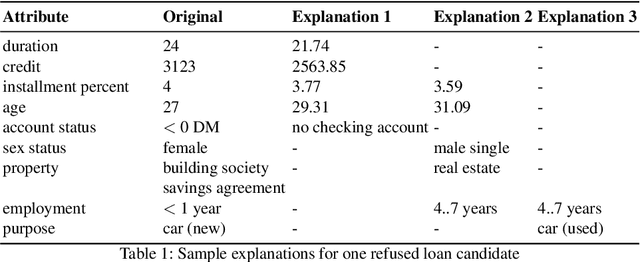
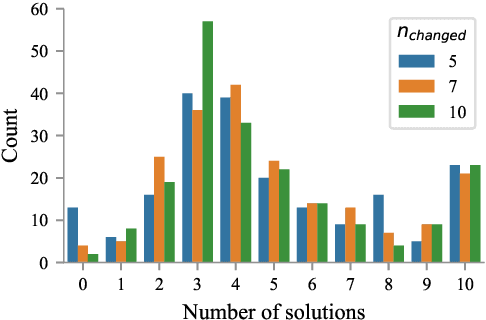
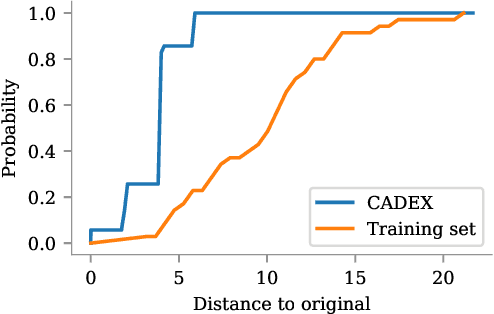
Abstract:Machine learning algorithms generally suffer from a problem of explainability. Given a classification result from a model, it is typically hard to determine what caused the decision to be made, and to give an informative explanation. We explore a new method of generating counterfactual explanations, which instead of explaining why a particular classification was made explain how a different outcome can be achieved. This gives the recipients of the explanation a better way to understand the outcome, and provides an actionable suggestion. We show that the introduced method of Constrained Adversarial Examples (CADEX) can be used in real world applications, and yields explanations which incorporate business or domain constraints such as handling categorical attributes and range constraints.
 Add to Chrome
Add to Chrome Add to Firefox
Add to Firefox Add to Edge
Add to Edge